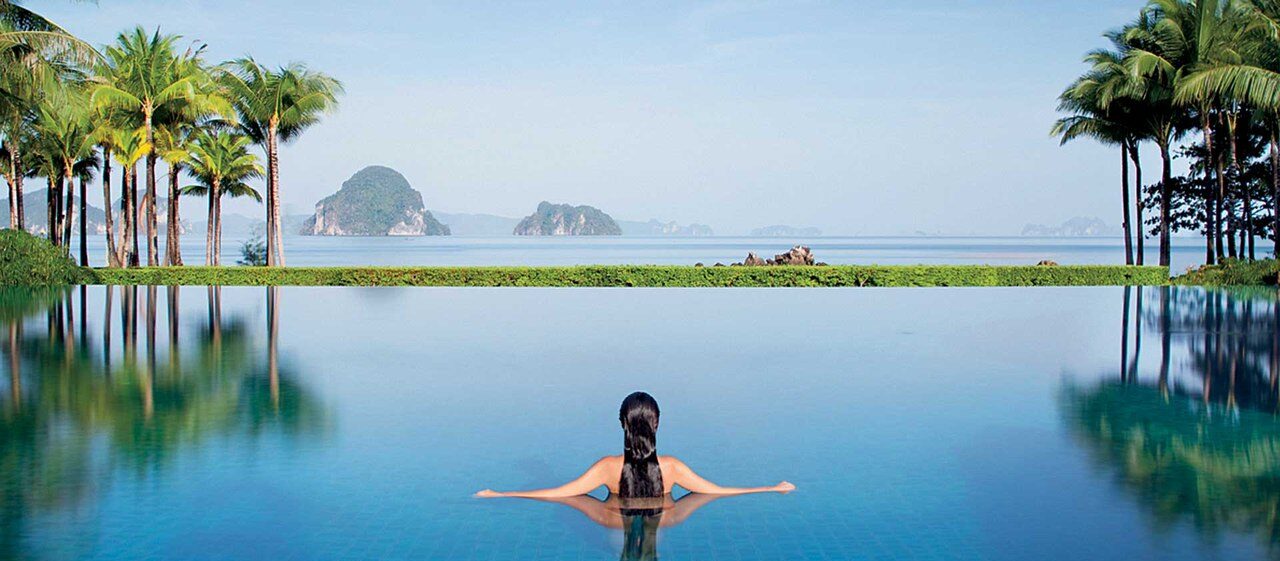
Exhibition dedicated to the history of Maui opens
The history and culture of Maui have a rich and diverse history. During the early days of the island’s settlement, the ancient Hawaiians had no writing system. Instead, they passed on their oral histories and legends, which were passed down for close to 100 generations by the kahuna priests of old Hawaii. Many visitors to the island choose to spend the day in the village of Hana, where the town’s history is most rich.
Maui was heavily involved in the Pacific Theater of World War II. It was used as a staging area, training ground, and a resting place for troops. There was an estimated 100,000 soldiers stationed on the island during its time. The 4th Marine Division had its main base in Haiku, and Kihei was used for training and practice landings. The land management system included forests, gardens, and fishponds. Each district had its own resources and the population grew to be large.
The history of Maui is rich with legends and stories about people’s lives. From ancient times to the present, this island is a cultural melting pot, with legends and sacrifices. The earliest recorded history in the Hawaiian Islands dates to 1778, when the islands became one nation. Polynesians had lived on the islands for a long time and developed a system of society. The Polynesians brought with them their unique culture and religion.
Polynesians blinked at Hawaii and left the island
The island’s history is rich in myths and legends. The first Hawaiians arrived in outrigger canoes as part of the great Polynesian migration. This migration brought Polynesians with them to Hawaii. In addition to developing Maui’s traditional culture, the Polynesians also influenced its language, religion, economy, and class system. If you’re interested in learning more about the island’s history, a trip to Hana is the perfect way to begin your research.
Throughout history, Maui’s people adapted to changes in the environment and developed a unique culture. For example, the ancient inhabitants of the island were able to adapt to the changes in the ocean, making the islands uninhabitable. During the 19th century, the sun’s rays were used for human sacrifice. In many instances, the victims were slaves. As a result, the natives were forced to sacrifice their young people for their own prestige.
The first Polynesian peoples migrated to Hawaii in the early 1700s. They were part of the great Polynesian migration and had settled on the islands in two waves. The Polynesian peoples developed the island’s traditional culture, which included its language, religion, and class system. It was also a time of economic development and a time when a new wave of migrants and natives populated the island.

